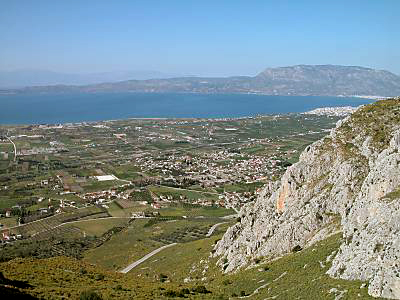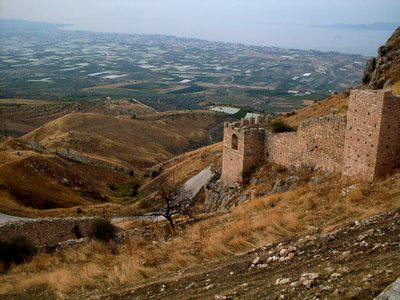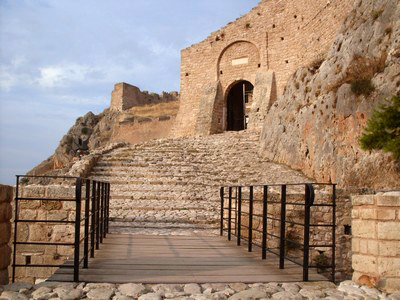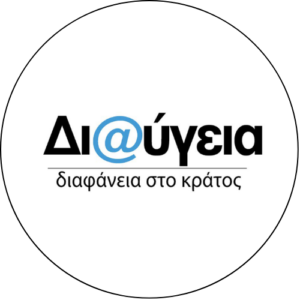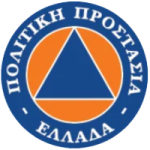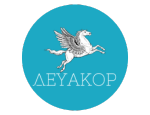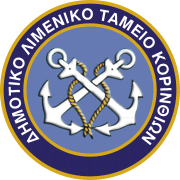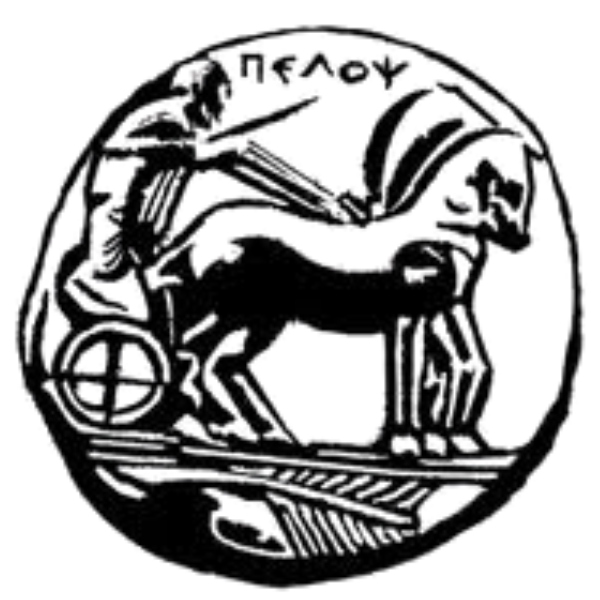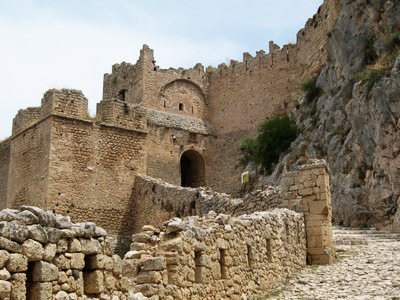
The Acrocorinth, this natural Monument, since the creation of a small settlement called Ephyra under its imposing protection, which then evolved into the rich and proud Corinth, was the natural sign of the existence of the city, and was fortified in an exemplary manner, making it the most significant fortification in the region from antiquity to modern times. Its imposing fortifications were founded in the Mycenaean period and acquired their magnificence between the 7th and 6th centuries BC, when the Cypselides dynasty (Cypselos, Perianderos, etc.) brought Corinth to its peak. The castle of Acrocorinth, throughout its existence, remained unconquered for long periods. With its 574m. altitude, its wild magnificence and the unique gift of nature (or of the god Asopos to Sisyphus) the spring of Ano Perini, it resisted every enemy who wanted to occupy the ” Star Star of Stars“, the “Panteoptor and Keydokator of the Peloponnese“, the “Castle of the terrible, the most beautiful of Romania’s castles“. It is the largest castle in Greece and one of the largest in Europe.
Today, the entrance to the castle is from the west, where the modern road ends, but in prehistoric times the entrance was from the northwest side. Then, within the enclosure of the walls was built the famous Temple of Aphrodite the Armed, where the priestesses of the goddess practiced sacred prostitution. The Acrocorinth was the Acropolis of Corinth – it owes its name to the combination of the words Acro and Corinth – and was fortified with great care. To the left of the 1st Gate and to the right are parts of the wall of the classical antiquity and just above them the additions of the Byzantine, Frankish, Venetian and Turkish eras.
The1st gate, as well as the other two, are typical examples of Frankish, fortress architecture. The 2nd gate, however, is not entirely a Frankish construction, but an improvement of the Byzantine gate of the 9th-10th century AD, which is why the gate is two-storey and the second floor bears the lion of St Mark (the national emblem of Venice), in order to demonstrate the power of the new rulers of the castle.
The 3 gates are flanked by 3 rows of powerful walls. The walls follow a polygonal path, according to the natural line of the rock and are reinforced by towers, bastions, parapets with battlements and cannon ports.
The average thickness of the walls is 2 metres, the thickness of the parapet varies between 60 and 70 centimetres with successive openings of about 1.65 meters.
After the 3rd series of walls, built on the classical wall (i.e. The area where the ruins of the Great Temple of Aphrodite, a 16th century Mosque, a Minaret and a Byzantine tank are located, which is probably the Byzantine Metropolis that the Venetians levelled and turned into a cistern, the Tower of Villardouin, the underground Upper Perini Fountain (the locals call it Dragonera) and the well-preserved eastern row of walls.
The Temple of Aphrodite is at the highest point of the Acrocorinth. From there the visitor can gaze at a vast area.
A few daffodils always grow at this point. It is now the only reminder of the all-woman priestesses of Aphrodite who for about 700 years crowned their homelands from the very same place, the place that was famous throughout the ancient world.
But the history of the Acrocorinth is not limited here: Being a defender of freedom, Castro saw moments of heroism and self-sacrifice.
In 1208, the Lord of the Castle is Leo Sgouros. By then he has defeated the Frankish invaders, despite the fact that during the1st siege of the Castle they had built a surviving control castle (the Pedeskoufi) opposite the entrance to the Acrocorinth. Now, however, food is not enough. Sgouros, abandoned by all, abandoned by all, blindfolds his beloved horse, opens a door of the wall on the cliff, spurs it forward and leaps into history, disobeying the conqueror.
The Castle now passes into the hands of the Despot of Epirus Michael I who entrusts it to his nephew Theodore. He, after a 5-year siege, will surrender it to William Villehardouin, who will thus conquer the entire Peloponnese.
In the 14th century, Acrocorinth welcomes the entire population of Corinth in its arms and the city is deserted for 3 centuries.
In 1395, the Castle was sold by the Florentine banker Nerio Tocco to Theodore Palaiologos. In 1397, Theodore sold it to the Knights Hospitallers of Malta, fearing the Turks, but the Hospitallers returned it to him in 1404. In 1458 it was captured by Mohammed II. In 1687 it was occupied by the Venetians and in 1715 it was reoccupied by the Turks. This is when the destruction of the Ancient Corinthian Monuments began, as the Turks preferred to settle in this privileged part of the hill with its stunning views. The Serai of the Turkish Commander (Bey) will be built there. The most famous of them, Kiamil-Bey, who will be the last Turkish Bey of Corinth, saved a huge treasure: 40,000 pouches of gold coins were given by his widow to Dramalis. On 14-1-1822, Theodoros Kolokotronis liberated Acrocorinth, with the blue and white in his hand. It was the first time in modern Greek history that the Greek flag was flying and it was flying on the Acrocorinth, one of the great, deeply moving moments of our history, it was tied to it.
